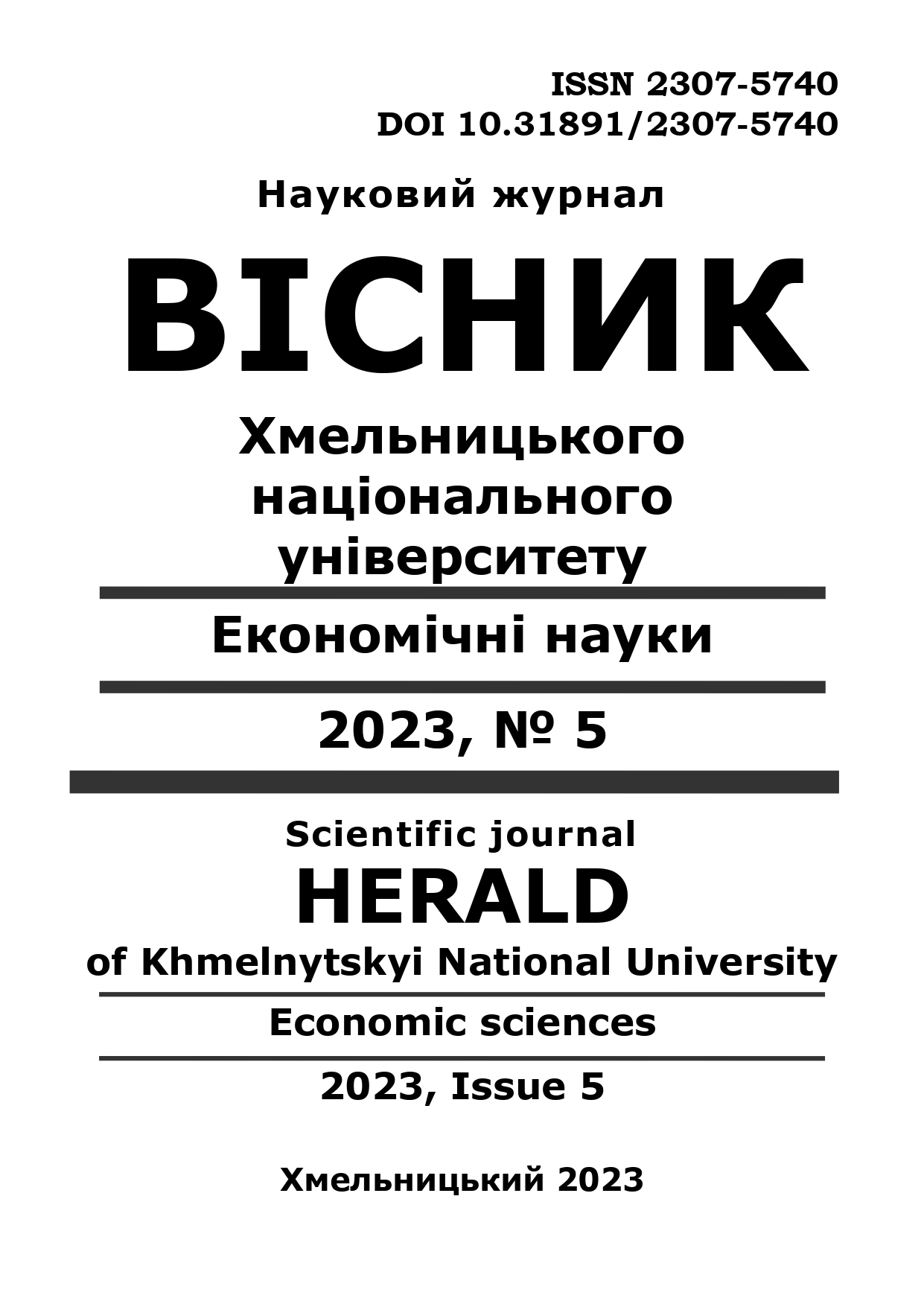EU OPEN STRATEGIC AUTONOMY POLICY AS A TRIGGER OF INDUSTRIAL DEVELOPMENT AND A CHALLENGE FOR REGULATORY COOPERATION
DOI:
https://doi.org/10.31891/2307-5740-2023-322-5-54Keywords:
strategic autonomy, industrial policy, market distortions, market failures, regulatory cooperation, regulatory competition, international economic policy, EUAbstract
The purpose of the article is to study the instruments of the policy of strategic autonomy of the European Union with an emphasis on projects of common European interest, and to assess its impact on the development of the industrial potential of member countries in the context of intensified economic competition in the international arena, accompanied by the erosion of regulatory cooperation. EU strategic autonomy aims to reduce the productivity gap between the EU and the US in all sectors of the economy. Strategic autonomy, among other things, is aimed at updating the EU’s comprehensive industrial strategy, which will help counteract trends of deindustrialization, expand access to venture capital, and accelerate the formation of a truly single capacious market of EU member states. Strategic autonomy will affect the prospects for building a sustainable, climate-neutral and cost-effective system that contributes to the growth of citizens' well-being. It has been established that the new approach to industrial policy is closely related to the policy of strategic autonomy of the EU; a whole range of measures is aimed at increasing the effectiveness of industrial policy: the adoption of an Action Plan for the proper implementation and compliance with the rules of the single market; review of EU competition rules; development of an Action Plan for the protection of intellectual property, which involves ensuring the technological sovereignty of the EU; combating the theft of intellectual property, improving legislation in the field of public procurement, taking into account environmental requirements. The New Industrial Policy identifies the key factors in the EU's industrial transformation and aims to achieve a threefold objective: maintaining global industrial competitiveness and a level playing field both in the domestic market and at the global level; turning Europe into a climate-neutral part of the world by 2050; achieving digital leadership in the world. In essence, we are talking about a new quality of economic growth, a new environmental model. The strategy is aimed at increasing the strategic autonomy of the EU in a period of increasing global competition and provides for reducing dependence on external supplies of critical raw materials, developing key technologies strategically important for the industrial future of Europe. The EU's strategic autonomy policy restricts trade and competition in several ways: through the implementation of quantitative restrictions (quotas; import bans; bans on foreign investment); through price controls, subsidies and standards that apply equally to domestic and foreign suppliers; by establishing new digital policy rules (new restrictions on data regulation; data exchange obligations; taxes on digital services; regulation of digital services markets). Choosing unbalanced policy priorities can lead to reduced investment efficiency, slower competition, slower innovation, and worsening productivity and technology gaps between the EU and the US. The regulatory potential of strategic autonomy to promote market distortions is usually justified by the benefits of safety for society, ethical and environmental considerations, welfare effects for consumers and increased competitiveness of producers, however, it is predicted that it will inevitably produce losses that will be incurred by economic entities. manufacturing practices, review of value chains and supply chains, and due to legal uncertainty associated with how regulation is developed and applied. This inevitably indicates the risks of increased regulatory competition on an international scale.


